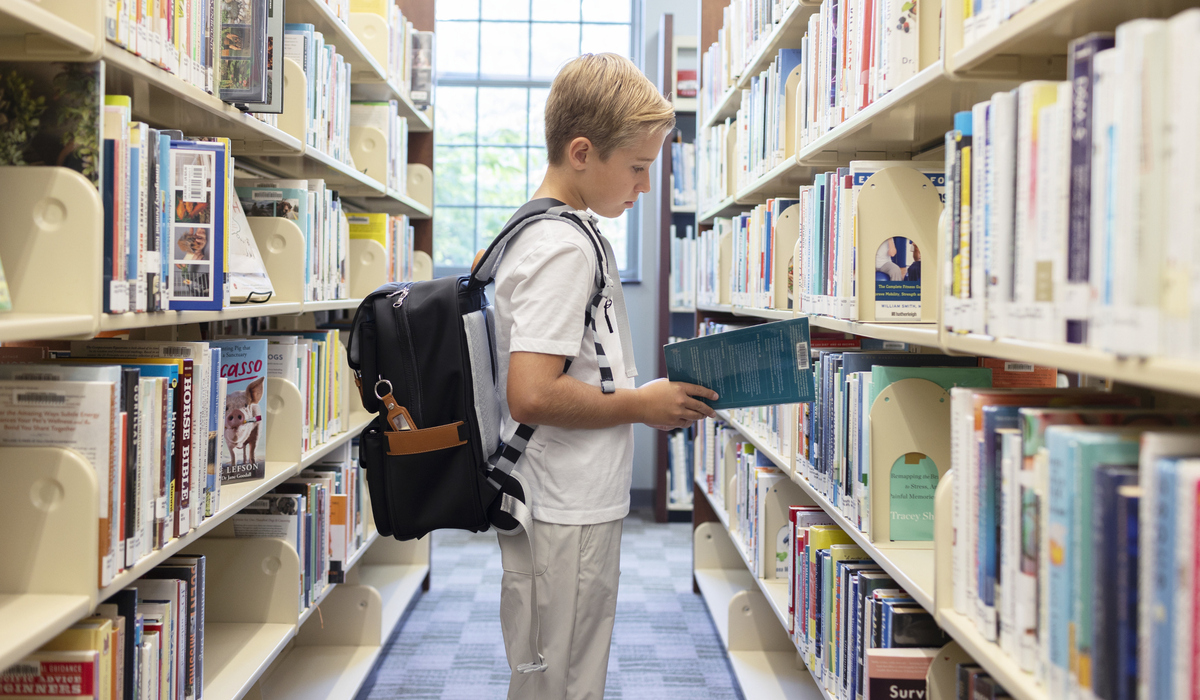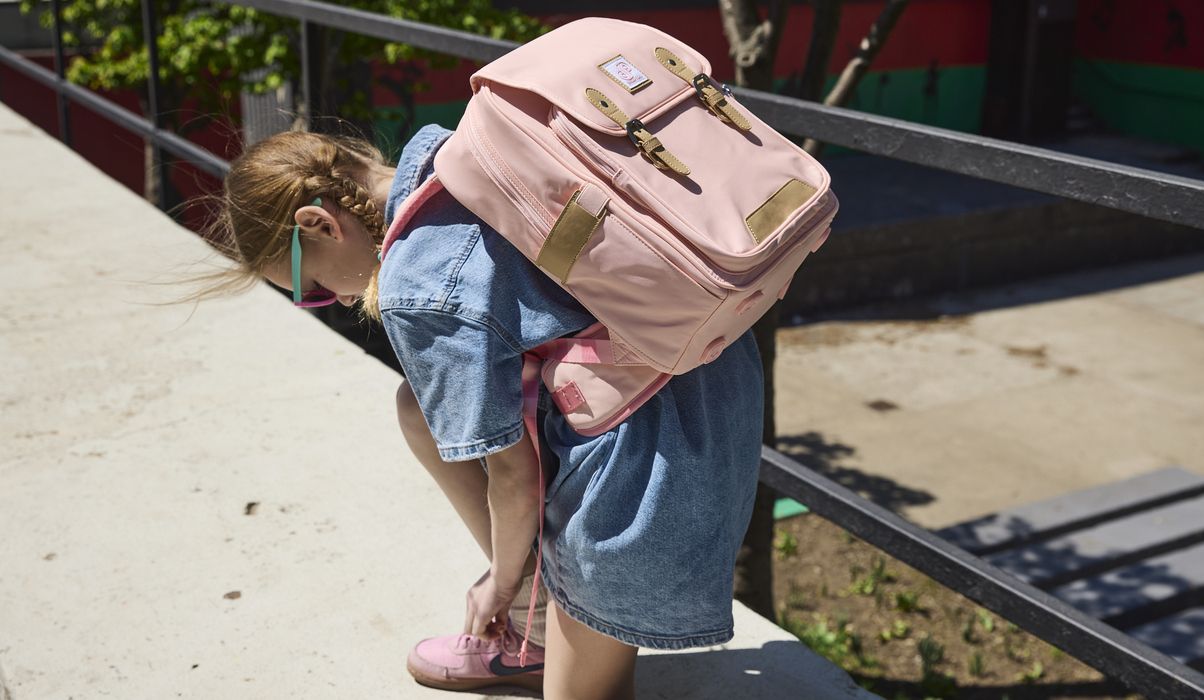Why Organization Skills Start with a Backpack: Building Habits in Early Childhood
From morning routines to afterschool transitions, a child’s backpack is more than just a carry-all—it’s a personal command center. When children learn how to manage their belongings through simple systems like packing and organizing a backpack, they build foundational life skills that affect focus, responsibility, and independence for years to come.
At DreamPack, we understand that the best kids backpack does more than hold supplies—it shapes behavior. This article explores how backpack routines play a surprisingly powerful role in early cognitive development, and how parents can foster positive habits that stick.
The Psychology of Organization in Childhood

Child development specialists have long emphasized that young minds thrive on consistency and structure. At the heart of this is something called executive function—a set of mental skills that include working memory, cognitive flexibility, and inhibitory control. These skills allow children to plan ahead, focus attention, remember instructions, and juggle multiple tasks. And surprisingly, one of the earliest and most effective places to practice them is through managing a backpack.
Backpack routines—deciding what to pack, organizing supplies, checking off lists—may seem simple to adults, but for a child, each step is a mini-exercise in independence and foresight. When a child regularly prepares their backpack, they learn:
• Planning: “What will I need for today’s classes?”
• Sequencing: “First I add my homework folder, then my snack.”
• Time awareness: “I should pack before bedtime, not during the morning rush.”
• Self-checking: “Did I forget anything yesterday? How can I fix that today?”
According to child psychologist Dr. Lisa Damour, even small responsibilities in the home or school environment create a positive feedback loop. As children experience success—such as remembering their lunch or keeping their backpack clean—they gain a sense of mastery. That sense builds confidence, which in turn strengthens motivation to keep organizing on their own.
Another key concept is autonomy-supportive parenting. When adults guide instead of control, children build internal motivation. Instead of packing the backpack for them, encourage participation. Even something as minor as allowing them to choose which pocket holds their pencils fosters investment and recall. This small choice teaches autonomy and gives children a voice in how they manage their world.
Importantly, a well-packed backpack also reduces stress. Children who are consistently disorganized often experience more anxiety, especially around school transitions. By teaching organizational routines early, you provide them not only with structure—but with calm. A tidy backpack equals a tidy mind, especially for children who are sensitive to clutter or sudden changes.
In summary, backpack care is more than a task—it is an introduction to the logic of life. It lays the groundwork for personal responsibility, encourages decision-making, and gives kids tools they will use in every domain of growing up. Whether they are five or fifteen, the habits formed through this daily ritual can set the tone for how they manage everything from homework to health as they mature.
Why the Backpack Is the Perfect Learning Tool
Unlike chores or schoolwork, a backpack is physically with the child every day. It’s tactile, accessible, and full of teachable moments. The process of packing and unpacking—deciding what to bring, where to store it, and how to carry it—offers natural structure for practicing habits. Here’s why the backpack is the ideal training ground for early organization:
• Daily frequency creates consistency without nagging.
• Small-scale choices are safe for trial and error (low risk).
• Physical interaction reinforces spatial memory and planning.
• Encourages care for belongings and respect for materials.
Developmental Benefits by Age
What children can manage with their backpack varies by age. Here’s a breakdown of common developmental milestones tied to backpack responsibilities:
| Age Range | Organizational Milestones |
|---|---|
| 3–5 (Preschool) | Choosing 1–2 items to pack; closing zippers; placing backpack on hook |
| 6–8 (Early Elementary) | Packing daily essentials; remembering lunch/snacks; organizing folder contents |
| 9–11 (Upper Elementary) | Tracking schedules; preparing materials for projects; managing gym or aftercare gear |
| 12+ (Middle School) | Independent prep; planning week ahead; packing for extracurriculars, hygiene, and tech |
Visual Tools That Make a Difference
One of the most powerful tools in promoting independence is the visual checklist. Whether laminated and clipped inside the backpack or posted on a wall near the exit, checklists give kids autonomy without requiring constant adult oversight. Consider using icons for younger kids and text for older ones. Here's a sample:
| Morning Checklist | Evening Checklist |
|---|---|
|
|
How DreamPack Supports These Habits

The right backpack makes success easier. DreamPack designs our ergonomic children backpacks with compartments, comfort, and usability in mind. Every zipper, pocket, and strap is built to support children as they build confidence and routine. Our designs include:
• Dual compartments for smarter sorting
• Wide openings for little hands
• Lightweight but durable materials
• Reflective strips and water-resistant bases
FAQ: Packing for Success
Should I pack my child's backpack for them?
In the early years, help is fine—but aim to involve them in each step. By ages 6–7, most kids can handle basic packing with guidance.
What if they forget something?
Natural consequences are powerful. Forgetting lunch once may encourage more attention the next day—especially with a checklist in place.
How can I encourage responsibility without nagging?
Use structure, not reminders. Visual cues and routines give children cues without constant correction.
Conclusion: A Small Bag, a Big Lesson
Backpacks do more than carry books—they carry the beginnings of lifelong responsibility. With the right support and tools, children can learn to own their time, materials, and routines. It all starts with packing up—one zipper, one checklist, one proud moment at a time.
Explore DreamPack’s ergonomic backpack collection—designed to help kids carry more than supplies: they carry potential.